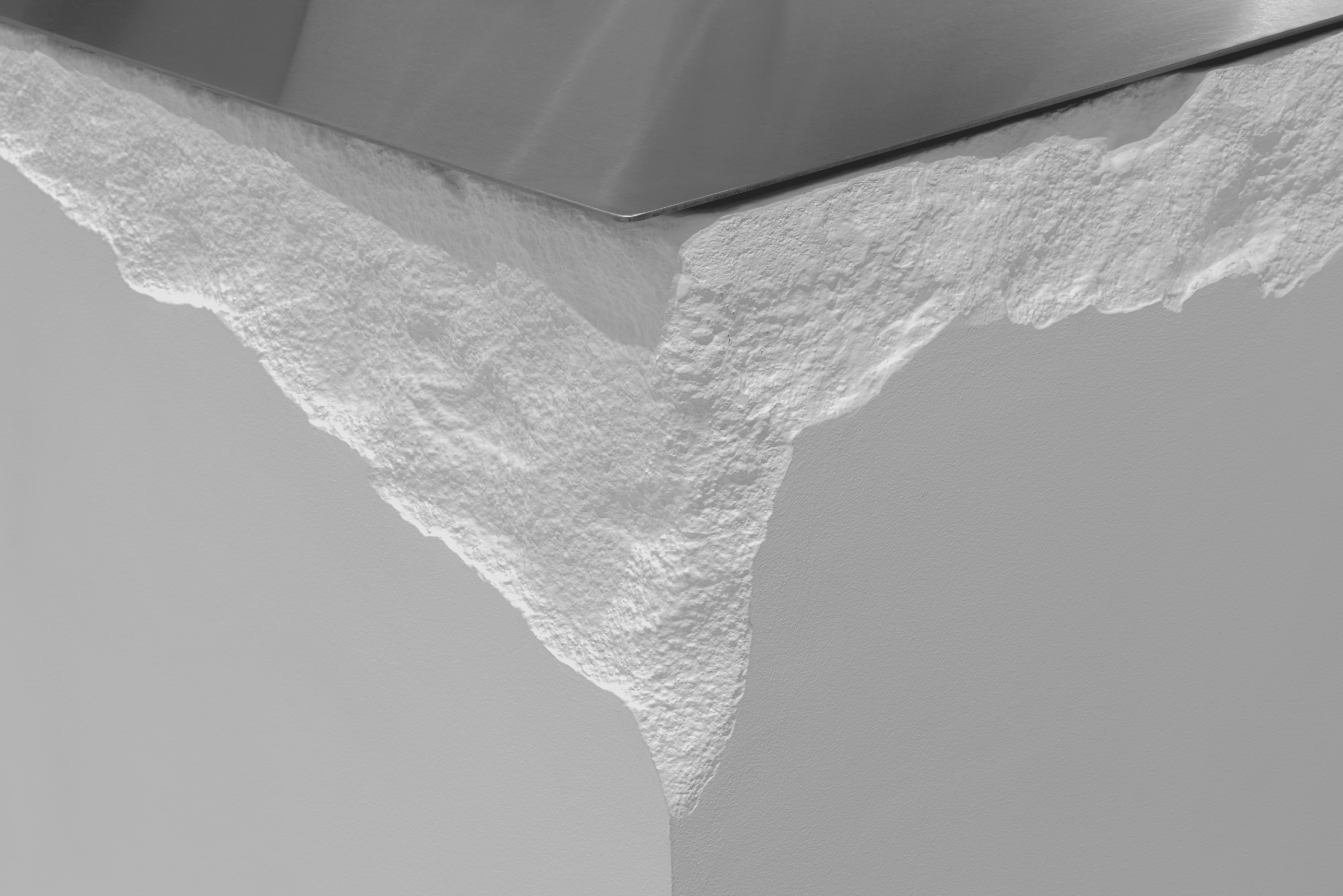


As part of the rebranding of the EKONIKA footwear and accessories chain, we developed a new visualsolution for the brand's showrooms.
EKONIKA is one of the largest shoe shop chains that has been on the market for about 30years. Over the last 5 years, the brand has changed significantly, becoming more modernand orientated towards a younger audience. Such changes entailed the necessity to alterthe visual image of the chain shops, which is exactly what we did.
Concept
In order to create a harmonious concept, we explored the history of the brand and whatits founders were inspired by, as well as immersed ourselves in the craft of shoe making.
We identified four key images embedded in the brand's DNA: femininity, naturality,relevance, and warmth, and tried to modernise EKONIKA's image by preserving theseimages.
When creating the project we were guided by two main themes.
The first theme: the Mediterranean and antiquity
The themes of the history of shoe makingandthe background of the EKONIKA brand andits founders led us to the theme of the Mediterranean and antiquity with its nobility,whiteness,and softness. We chose the image of a marble quarry with huge blocks ofsnow-white stone, alluding tosculpture production.
The second theme: industrial aesthetics
When we first started creating the concept, we visited existing EKONIKA shops and werefascinated by the way the shoe warehouses in the boutiques were organised-we hadnever seen such clarity and neatness in such areas. It seemed unfair to us that no onecould see this except the employees. This is why we decided to open up these structuralstorage systems and make them viewable to the customers.
Thus, the combination of these two main themes in the concept resulted in a mix ofnatural tactility with modern industrialism.
We developed interior design for three main types of showrooms: standard showroomsin Moscow and St. Petersburg, more easily realisable regional showrooms, and flagshipshops, which should becomeahighlight and attract new audiences.
The design of the flagship shop in Moscow in the Afimall City Shopping Centre hasbecome the first realisation of our concept.
The lay-out in the centre of the room is arranged around white stone blocks standing inthe centre of the room. These objects make the space more complex andengaging andplay a major role in creating the visual image.
At the far end of the room, behind a huge amber glass window, we placed a shoe storagearea, which is open to the public, while around the perimeter, we fitted minimalist shelveswith basic models.
All of this is united by a cobalt-blue-coloured ribbon, that is like a model's catwalkraisedabove the ground: in some places, it serves as a bench, in others, as an accent zone fortrend models. This blue line, like a river, winds around the stone massifs, giving a softdynamic to the whole space.
Together with EKONIKA, we also developed a new display system. The light and visuallyclean space of the shop makes it possible to place accents in diverse ways-to drawattention to trendy models, while basic models are located around the perimeter. At thesame time, we set a certain visual rhythm of display that does not overload thecustomer’s eye.
In the entrance area of the shop, we implemented a bold idea and refused to use facadeglass. Instead of shop windows in their classic sense, we installed large-format LEDscreens emerging from huge unhewn blocks of stone. In this way, a customer of theshopping centre almost naturally enters the shop just by passing it.
By combining naturality with industrialism and developing a functional yet elegant layout,we created an elevated visual identity for the EKONIKA brand that represents the brand'shistory and values while responding to contemporary trends.
We considered a unique system of standardisation and a unified visual style: the designof all shops is assembled from different elements like a constructor, while more complexaccent objects are added to the flagship shops.































